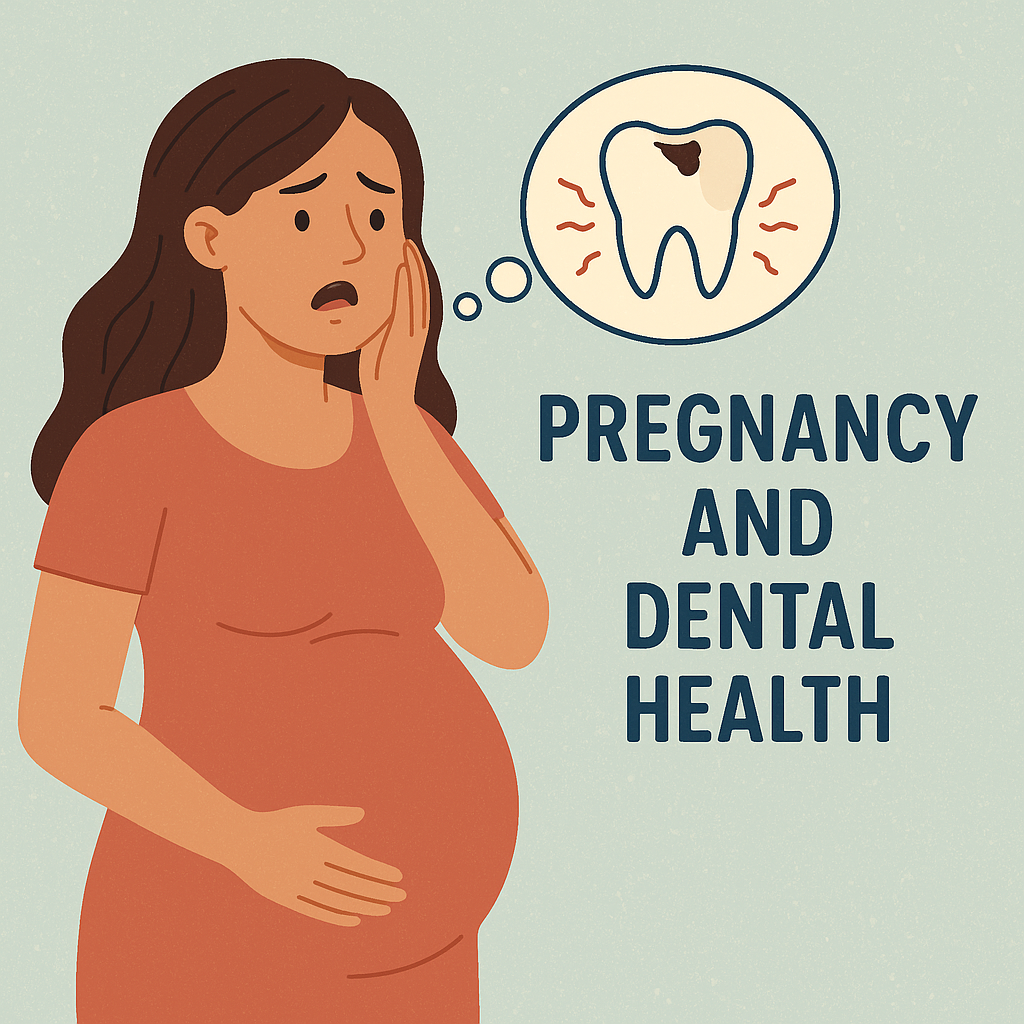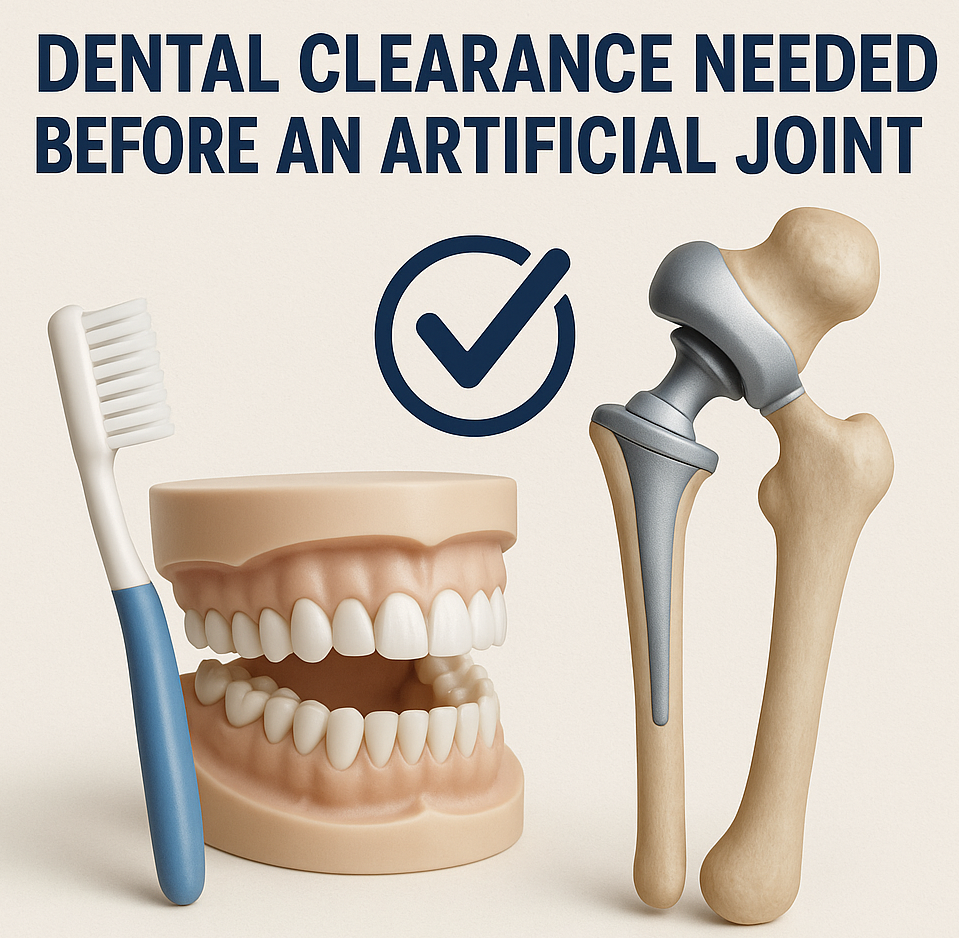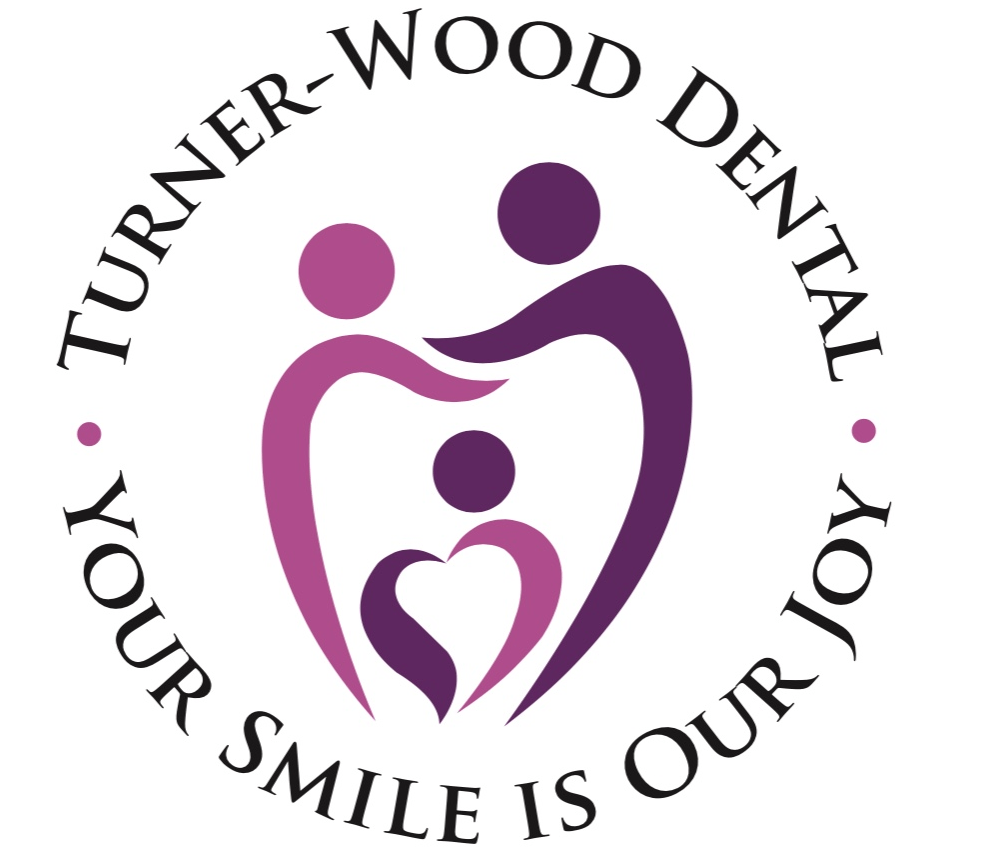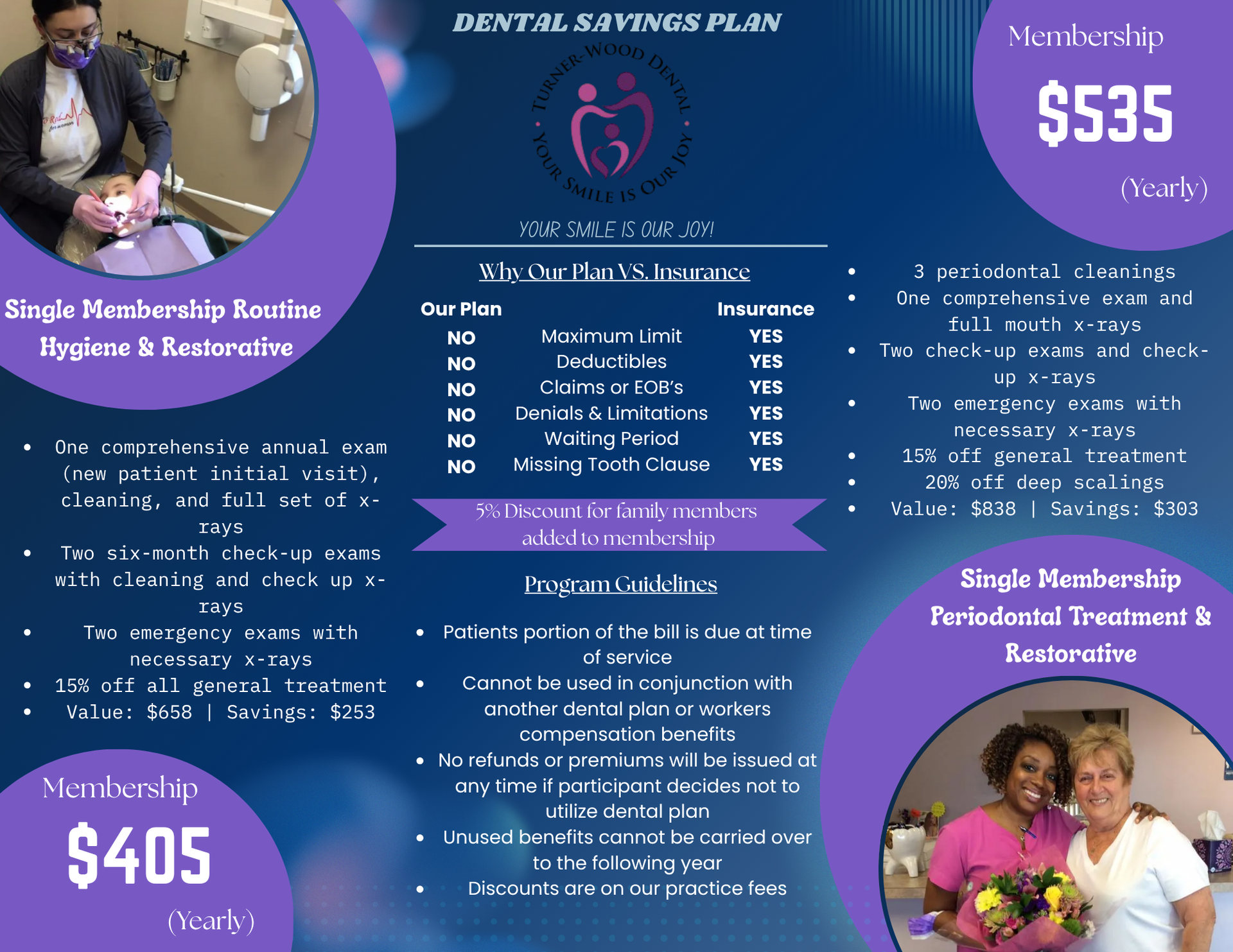How the Acidity of Beverages Affects Dental Health
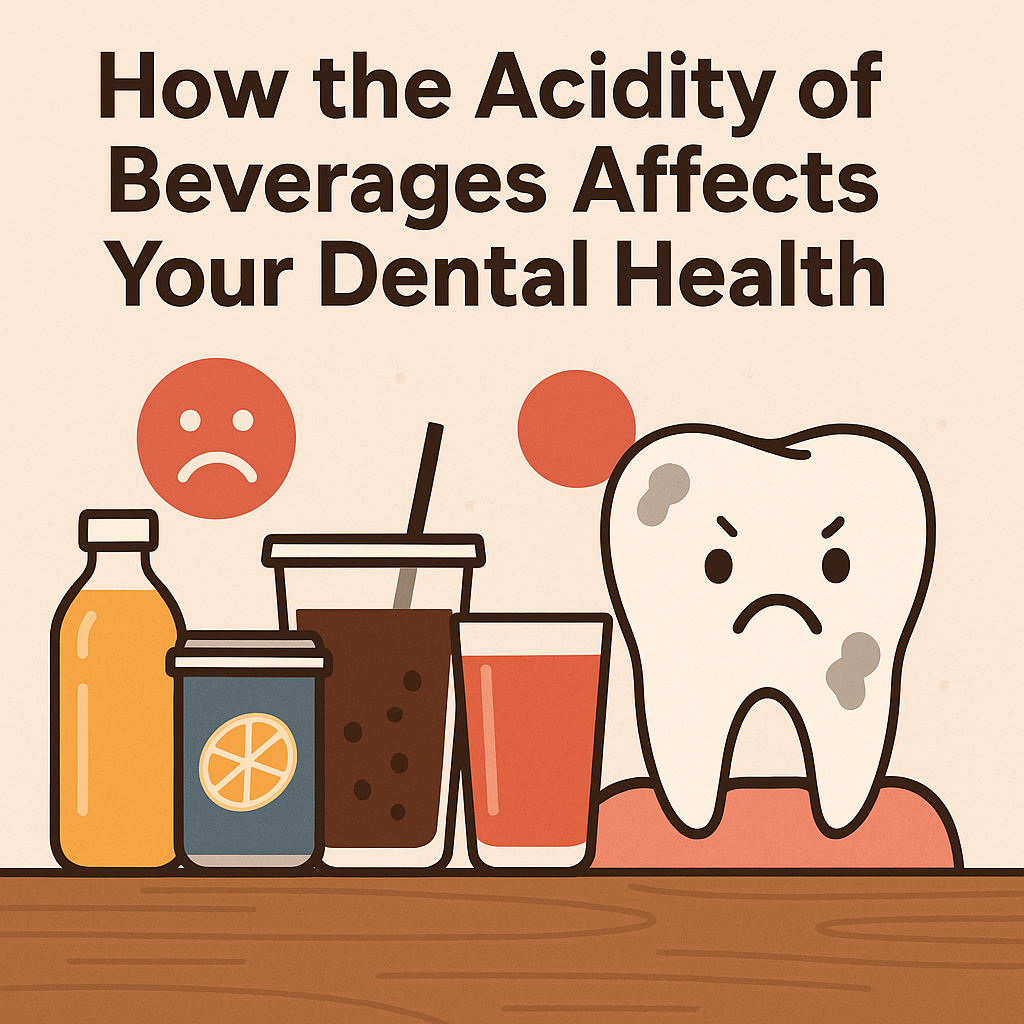
When it comes to maintaining a healthy smile, most people focus on brushing, flossing, and limiting sugar intake. But there’s another important - and often overlooked - factor in dental health: acidity.
The pH level of the drinks you consume can directly impact the strength and longevity of your tooth enamel. Here’s why that matters.
What Is pH, and Why Does It Matter?
The pH scale measures how acidic or alkaline a substance is, ranging from 0 (most acidic) to 14 (most alkaline). A pH of 7 is neutral, which is ideal for your mouth. When the pH in your mouth drops below 5.5, your enamel begins to demineralize—or wear away.
Unfortunately, many popular beverages fall well below this threshold.
Common Beverages and Their pH Levels
Here are the average pH levels of some everyday drinks:
- Soda: 2.3–3.4
- Fruit Juices (like Orange or Apple): 3.3–4.2
- Sports Drinks: 2.9–4.0
- Coffee: 4.5–6.0
- Sparkling Water: 3.0–4.0
- Bottled Water: 6.5–8.5
While bottled water seems like a safe choice, not all brands are created equal. Some can actually test on the acidic side, depending on their source and filtration method. Look for bottled water with a neutral or slightly alkaline pH (7.0–8.5) to support better oral health.
How Acidity Affects Your Teeth
When acidic beverages lower your mouth’s pH, the enamel on your teeth begins to soften and erode. Over time, this can lead to:
- Tooth Sensitivity
- Discoloration
- Increased Risk of Cavities
- Long-Term Enamel Loss
Unlike other tissues in your body, enamel doesn’t regenerate—once it’s gone, it’s gone.
Tips for Protecting Your Smile
Here’s how you can reduce the effects of acidic beverages:
- Choose drinks with a higher pH (like neutral bottled water)
- Limit acidic drinks to mealtimes
- Use a straw to minimize contact with teeth
- Rinse with water afterward
- Wait 30 minutes before brushing to avoid brushing softened enamel
